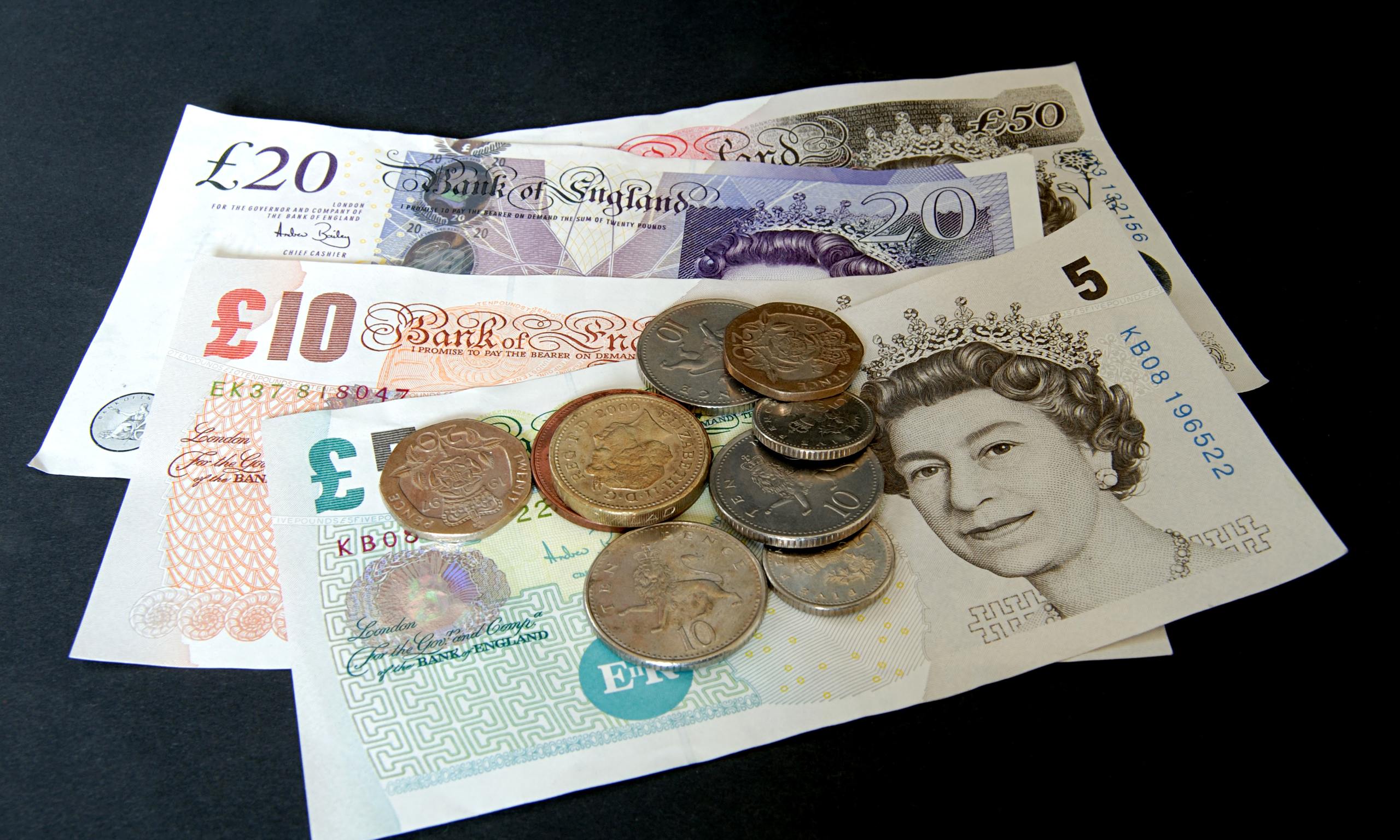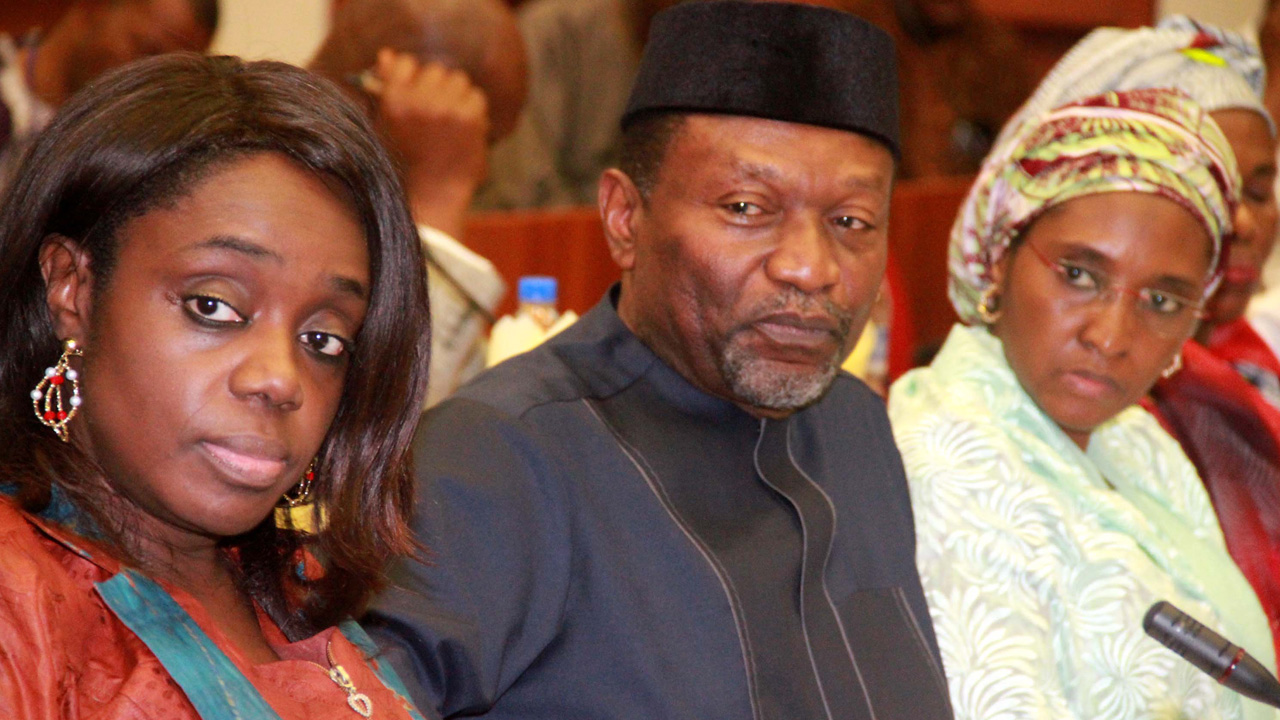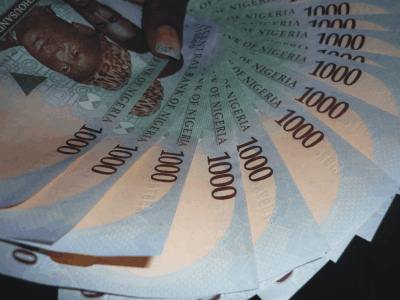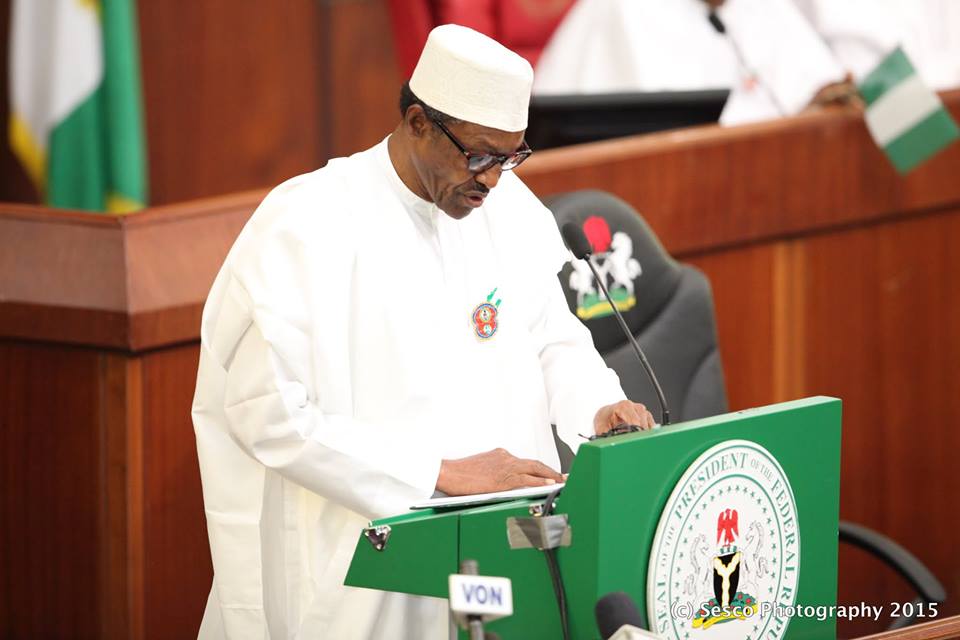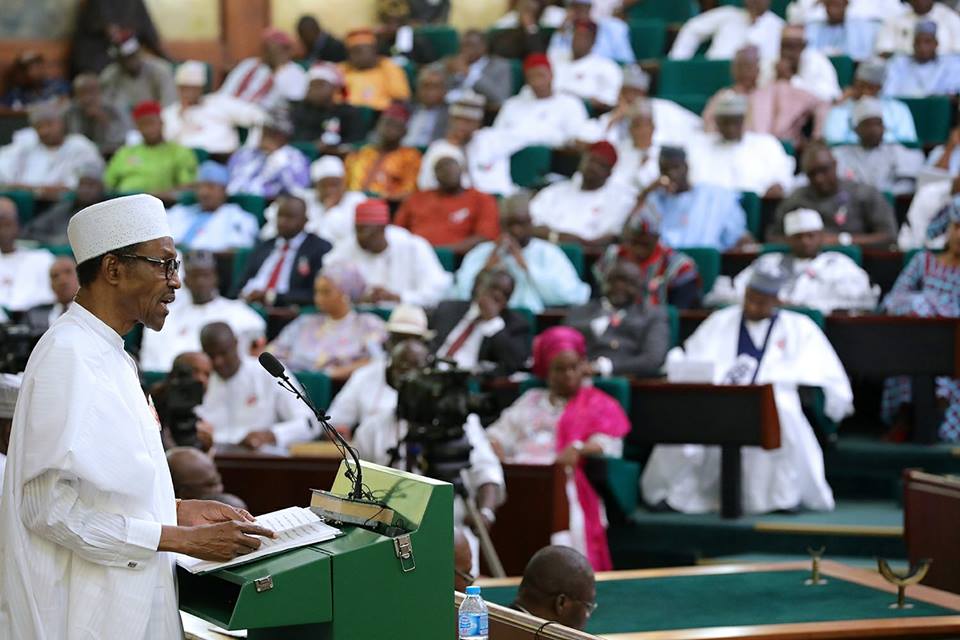Weak economies are more vulnerable to uncertainty, political extremes and populism, post-World-War Germany and Russia proved this beyond a doubt. The Gold price tracks economic uncertainty, and by that token, it also tracks the outer reaches of the populist pendulum.
The more uncertainty there is over the economy, the more extreme are the pendulum’s swings to the left or right, and the dollar-denominated Gold price reflects both these phenomena. In 1973, the then-US president Nixon took the country off the Gold standard, and ever since, traders have seen the asset as a hedge against uncertainty (the good), as a clear signal of economic trouble (the bad) and as a benchmark for populism and political instability (the ugly).
An economy that can’t sustain jobs or its financial system risks heading towards mass unrest. Economic instability creates circumstances that are easily exploited by demagogues and populists, examples include men like Hitler or Stalin. Political leaders on either side of the political spectrum can gain immensely strong, even authoritarian positions by fearmongering and seeming to offer the only way out of financial or political insecurity.
The realisation that populism can lead to extremism gave birth to the European Union, which is based on the concept that mutual economic interests lead to stronger economies and peaceful cooperation. In 2017, the EU will be 60 years old, but what are the dangers ahead?
Advertisement
Much has been made of the recent rise of populism in the US, UK and EU, but we must be careful in choosing our comparisons because circumstances are very different to the first half of the 20th Century when war left these countries utterly devastated. In addition, today’s mature economies are structured very differently to those in the first 50 years of the 20th Century when they were built mainly on monarchical systems and the value of physical assets.
Back to the recent present, the US narrowly avoided a serious depression after the sub-prime crisis by pumping billions of dollars into the financial system in 2007/8. In 2009, the Gold price hit a record high of $1000 per ounce, reflecting the trading market’s safe-haven buying instincts. That was just the beginning. By September 2011, the Gold price had hit a record high of $1920 per ounce, and another record was set for the US government debt ceiling.
The US has spent the last two administrations stabilising the economy, but the Federal Reserve is still cautious about raising interest rates. The main sources of the central bank’s reservations are global and domestic growth, which are still slower than expected.
Advertisement
These economic circumstances favoured the more colourfully-populist candidate in the recent US elections, and Donald Trump won the election on a platform focused on popular dissatisfaction and fear over job losses, pinning his campaign on immigration control and protectionist economic policies.
Pre-election, the Gold price rose, but those who are pinning their hopes on US populism pushing the Gold price even higher may be disappointed. Since the US elections and the end of uncertainty around them, Gold has fallen to below $1190 per ounce, indicating that investors are partial to Trump’s economic policies – at least for the time being.
Meanwhile, the EU and UK are going through a period of relatively slow growth and still recovering from their own recessions. The ECB and Bank of England are spending heavily and pumping money into national assets like sovereign and corporate bonds while keeping interest rates low.
The low growth rates in the last eight years have led to higher unemployment and more social unrest in the UK which Brexit campaigners directed at the EU, blaming it for the immigrants seen as taking British jobs. True to form, the Gold price spiked in July 2016 after the Brexit vote triggered risk-aversion and uncertainty amid the increasingly populist and nationalist campaigning from the Brexit camp.
Advertisement
The UK is not alone in this trend; in the Spring of 2017, France faces the choice of a far-right candidate or a national front candidate during presidential elections. Gold could heat up during this period, especially since UK Prime Minister Theresa May said she will trigger Article 50 in March 2017. The expectations are rising that there will be a ‘hard’ Brexit, meaning that the UK would be left out of the Single Market and go back to the days of bilateral tax and visa treaties with individual EU states, restricting migration and trade.
In addition to the Brexit fears, Gold was driven higher in 2016 during the Federal Reserve’s monthly announcements and continuing hesitation over raising US interest rates. Investors have a love-hate relationship with Gold and the Federal Reserve, when they’re disappointed in the Fed, they love Gold and buy it passionately. The reverse is also true, when traders fall back in love with the Fed, Gold is spurned in favour of USD-denominated assets.
Have we reached the point of nationalism, economic devastation and populism that led to dictatorships in Europe and dragged the world into more war? By no means. The economic outlook is still far more stable than it was post-World War II, and provided the US economy keeps growing there is more chance of other mature economies following suit.
The Gold price can indicate what level populism reaches before it tips over into extremism, before slow growth tips into recession. What it’s telling us now is that economically-speaking, we’re not out of the woods yet. The good scenario is Gold reaching pre-subprime crisis levels below $1000 per ounce.
Advertisement
The bad scenario is a rise over $1300 per ounce, as seen during the Brexit shock. The ugly – at least in terms of uncertainty and instability – is a return to $1920 and over.
Advertisement

